Tag: State executive
-
A look at the elections for Georgia’s Public Service Commission
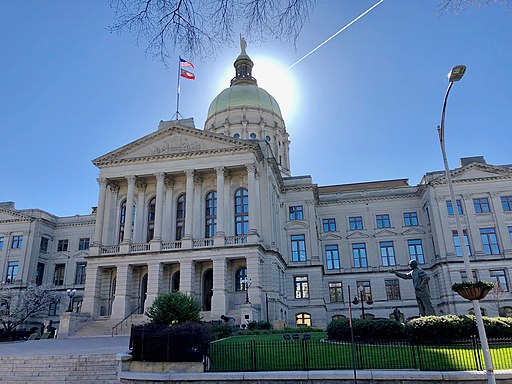
Georgia is holding a special election for two of five seats on the Georgia Public Service Commission on November 4, 2025. The primary is June 17, 2025, and a primary runoff (if necessary) will be held on July 15, 2025. A general runoff is on December 2, 2025. The Georgia Public Service Commission is in…
-
Incumbent Stacy Garrity (R) and Erin McClelland (D) are running in the general election for Pennsylvania Treasurer
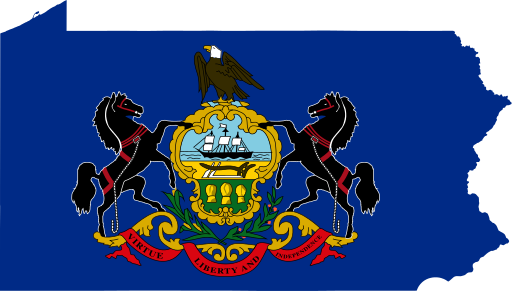
Incumbent Stacy Garrity (R) and Erin McClelland (D) are running in the general election for Pennsylvania Treasurer on November 5, 2024. Spotlight PA’s Jannelle Andes, Genevieve Hartnett, Alaysia Lane, Bill Meincke, and DJ Waller wrote: “The state treasurer is one of three elected row officers in the commonwealth, and plays a crucial role in managing…
-
Wisconsin legislature votes to send two ballot questions related to the governor’s power to appropriate federal funds to the November ballot

The Wisconsin State Assembly took the final vote in a two-session process to send two constitutional amendments to the general election ballot for Nov. 5. Both relate to the governor’s power to appropriate federal funds given to the state. The first question will ask voters whether the legislature should be prohibited from delegating its power…
-
Nation’s governors issue 1,514 executive orders in 2023, fewer than 2022
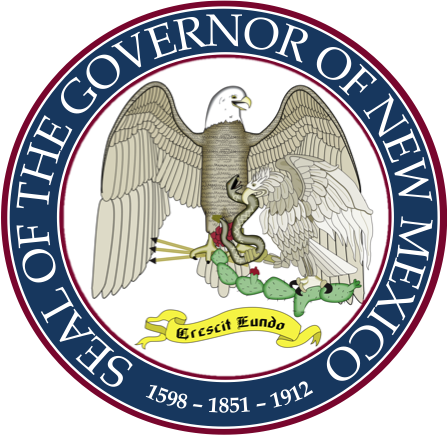
The nation’s governors issued 1,514 executive orders in 2023. In comparison, they issued 1,575 executive orders in 2022. Georgia Gov. Brian Kemp (R) led the field with 525, followed by Florida Gov. Ron DeSantis (R) with 242 and New Mexico Gov. Michelle Lujan Grisham (D) with 145. Alaska Gov. Mike Dunleavy (R) issued the fewest…
-
State governors issue 40 executive orders from Oct. 30-Nov. 12
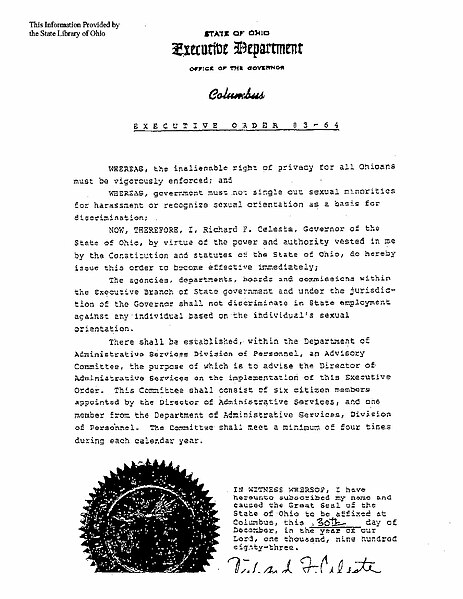
State governors issued 40 executive orders from Oct. 30-Nov. 12. Georgia Gov. Brian Kemp (R) led the field with nine, followed by Florida Gov. Ron DeSantis (R) with eight. Governors in 33 states issued the fewest orders with zero. Governors use executive orders to manage executive branch operations. The 40 executive orders account for 3%…
-
State governors issue 47 executive orders from July 31-Aug. 13

Nationally, state governors issued 47 executive orders from July 31-Aug. 13. Georgia Gov. Brian Kemp (R) led the field with 15, followed by Florida Gov. Ron DeSantis (R) with 11. Governors in 32 states issued the fewest orders with zero. Governors use executive orders to manage executive branch operations. The last two weeks’ executive orders…
-
93 candidates filed for federal and statewide offices last week
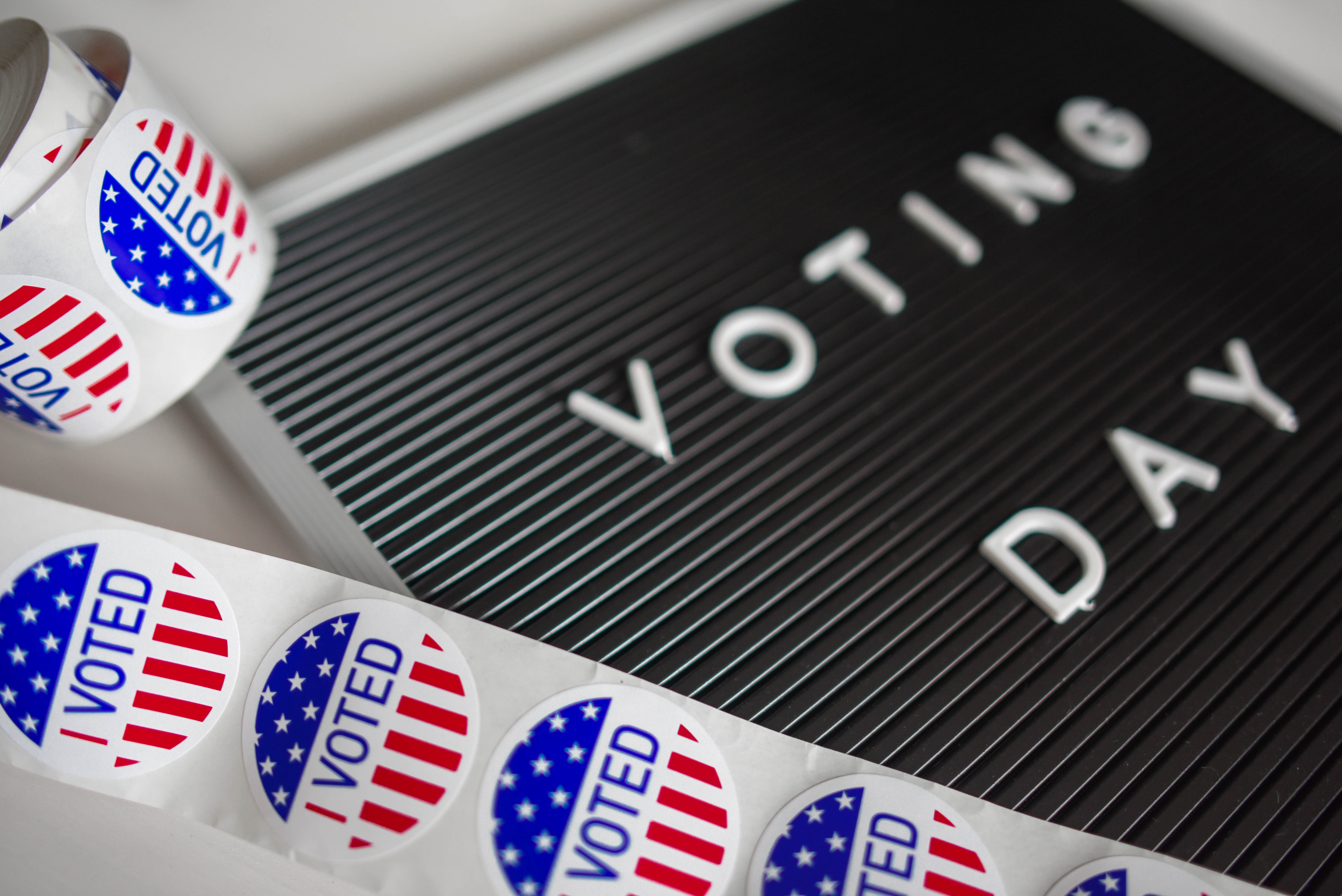
Ninety-three (93) people declared candidacies for federal or statewide offices in the past week, 53 fewer than last week. All of these candidates declared before their state’s official filing deadline. Twenty-three of those candidates were Democratic, while 62 were Republican. Eight are minor-party candidates. Fifty candidates are running for Congress, 27 for state legislatures, two…
-
Brown defeats Newman in the Republican primary for the Northern District seat on the Mississippi Public Service Commission

Chris Brown defeated Tanner Newman in the August 8, 2023, Republican primary for the Mississippi Public Service Commission Northern District. No Democrat is running in the district, so Brown is guaranteed to win the general election on Nov. 7. Incumbent Brandon Presley (D) is running for governor of Mississippi. According to DeSoto County News‘ Bob…
-
Wisconsin governor vetoes unemployment insurance changes

Wisconsin Gov. Tony Evers (D) on August 4 vetoed five bills related to unemployment insurance. The bills in the package included the following proposals: Broadening the definition of employment misconduct that would disqualify a fired person from claiming unemployment benefits. Requiring the Department of Workforce Development to create a process through which employers can disclose…
-
Odd-year open seat rate currently at a decade-high with further increases likely

The percentage of open seats in state executive and legislative elections is at a decade-high 22% compared to all odd-year election cycles since 2011. And it’s almost definitely going to get even higher. The 2023 rate is around one percentage point higher than the recent peak in 2019 (21%) and about six percentage points higher…

